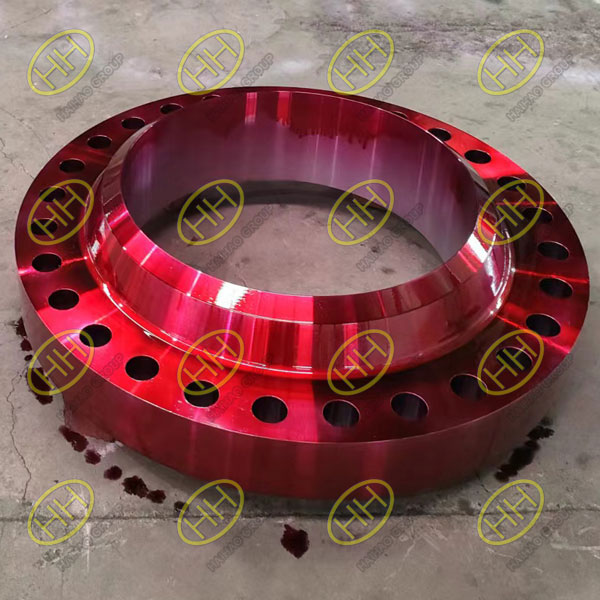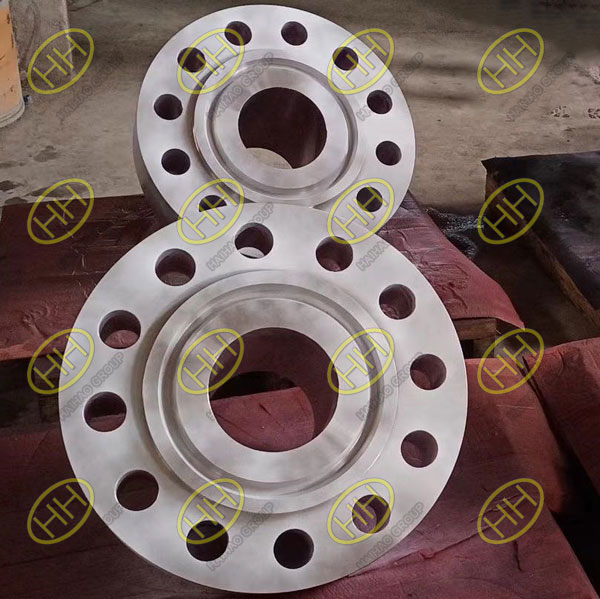Classification of penetrant testing
Penetrant testing (PT) is a widely-used non-destructive testing method for detecting surface defects. There are various ways to classify penetrant testing based on different parameters. Below are the main classifications of penetrant testing:
1.Classification Based on the Dye Content of the Penetrant:
Penetrant testing can be classified based on the type of dye or coloring agent included in the penetrant. The main types are:
Fluorescent Penetrant Testing (FPT):
Fluorescent penetrant testing uses a penetrant that contains a fluorescent dye. When exposed to ultraviolet (UV) light, the penetrant inside the surface defects glows brightly, making it easier to detect even very small cracks and imperfections. Fluorescent penetrant testing is widely used for high-precision inspections, such as in aerospace or critical industrial applications.
Colored Penetrant Testing (CPT):
In colored penetrant testing, the penetrant contains visible dye, typically red or other colors, that is visible under normal white light. The defect’s location appears as a contrasting stain against the background of the part. This method is usually used for general inspection where fluorescent lighting is not available or not required.
Fluorescent-Colored Penetrant Testing (FCP):
This type combines both fluorescent and colored dyes in the penetrant. It is used for specific applications where both characteristics are required, allowing for maximum detection visibility in different lighting conditions.
2.Classification Based on the Method of Penetrant Removal:
Penetrant testing is also classified based on the method used to remove excess penetrant from the surface:
Water-Washable Penetrant Testing:
This is the most common method, where excess penetrant is removed from the surface using water. Water-washable penetrants are easy to clean and are suitable for most standard inspections.
Post-Emulsifiable Penetrant Testing:
In this method, the penetrant is removed by applying a special emulsifier, which breaks down the penetrant so that it can be easily rinsed off. This type of penetrant is often used in environments where water cannot be used directly for removal.
Solvent-Removable Penetrant Testing:
Solvent-removable penetrants are cleaned by using a solvent to dissolve the excess penetrant from the surface. This method is used when water or emulsifiers cannot be used, providing an alternative for specific applications.
3.Classification Based on the Type of Developer:
Penetrant testing can also be classified based on the developer type used for visualizing the surface defects:
Dry Developer Method:
In the dry developer method, a dry powder is applied to the surface of the test piece. This powder draws the penetrant back out from the defects, making the defects visible. This method is commonly used for fluorescent penetrant testing.
Wet Developer Method:
In the wet developer method, a liquid developer is sprayed onto the surface, which helps bring out the penetrant that has seeped into the surface defects. The wet developer method is commonly used for colored penetrant testing or when a higher contrast is needed for defect visualization.
Penetrant testing offers versatility in surface flaw detection, with different methods available depending on the specific needs of an application. By understanding the various classifications of penetrant testing, technicians can choose the right approach to suit the inspection environment and material being tested. Whether it’s fluorescent or colored penetrant, water-washable or solvent-removable methods, or dry versus wet developers, each type has its advantages for ensuring that defects are identified and addressed.
At Haihao Group, we utilize a range of advanced inspection techniques, including penetrant testing, to ensure the highest standards of quality and reliability in our products. If you need more information or assistance, feel free to reach out to us! Email:sales@haihaogroup.com


